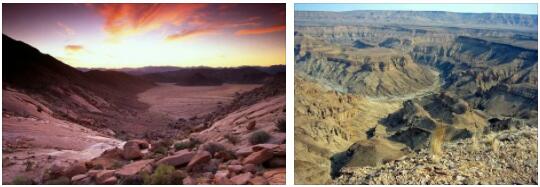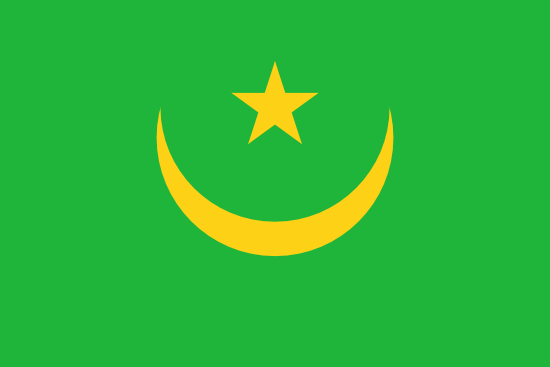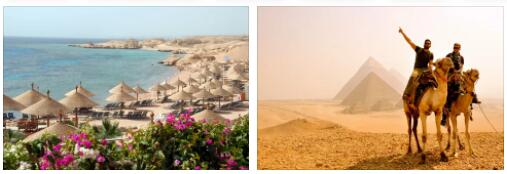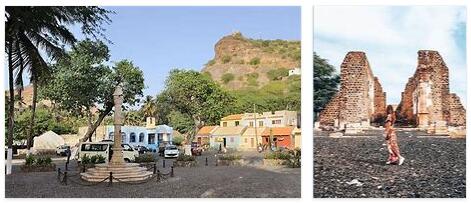What to See in Swakopmund and Ai-Ais (Namibia)
Swakopmund (Namibia)
According to Politics eZine, Swakopmund is Namibia ‘s most famous coastal resort. It is located in the central part of the Atlantic coast, 360 km west of Windhoek, on the territory of the so-called West Coast Recreational Zone. Swakopmund was founded in 1892 by German colonists and for many years was the colony’s largest port. The small buildings of the colonial era, with which the resort is built up, make Swakopmund look like a small Bavarian village. Here, the Woerman Tower of 1905 has been preserved, which offers a beautiful view of the coast and the desert, the old barracks of 1905, the Courthouse of 1901, which now houses the summer residence of the President of Namibia, the former Station building from 1901, converted into a luxury hotel, and a lighthouse from 1903. Of interest is the Swakopmund Museum, which was founded in 1951. The museum presents expositions on the history, geology, biology and ethnography of the region. The center of Swakopmund is full of shops, restaurants, bars and casinos. You can visit Swakopmund all year round. Coastal waters in this part of the coast are the warmest: in summer they warm up to +20 degrees. The most popular beach in Swakopmund is Palm Beach. But not only beach holidays attract tourists here, vacationers are offered the most incredible entertainment: sandboarding on sand dunes, travel on hot air balloons and paragliders over the hot desert, jeep and quad bike safaris, sea cruises, yacht trips and fishing.
30 km south of Swakopmund is the main port of the country – Walvis Bay. Walvis Bay is also very popular with tourists and, like Swakopmund, there are plenty of things to do. In addition, herds of whales are often observed in Walvis Bay, and many birds live on the coast, including pelicans and flamingos. You can also watch birds in Sandwich Bay, located 40 km to the south.
70 km north of Swakopmund is a great place for fishing – Henties Bay, which has been known among fishing enthusiasts since 1929. Now Henties Bay is a modern resort with hotels and bungalows, shops, restaurants and bars. Not far from here is the protected Cape Cross. One of the largest Cape seal colonies in Africa lives here. During the breeding period in November-December, about 150,000 individuals of this species accumulate on the cape. Cape Cross is also a historic site. The Portuguese navigator Diogo Can landed here in 1468. The traveler’s team erected a 2-meter stone cross here, which has survived to this day.
Further north for 700 km, to the border with Angola, extends the “Skeleton Coast”. The name speaks for itself: this part of the coast is known for numerous shipwrecks. The frequent fogs of this region from ancient times led astray sailors whose ships settled on reefs. The lack of drinking water and harsh climatic conditions did not leave people a chance to survive. The remains of the lost ships can be seen to this day.
The northern part of the Skeleton Coast from Torra Bay to the very border with Angola is covered by the National Park “Skeleton Coast” area of 16000 sq. km. The territory of the park is divided by Move Bay into two zones: southern and northern. You can enter the northern part of the park only with special permission and only as part of groups of tourists organized by licensed travel agencies. Access to the southern part of the park is free, mostly people come here to go fishing. The main fishing spots are Torra Bay and Terrace Bay. There are many campsites in Tora Bay, where fishermen from all over the Earth stop in December. In addition, Terrace Bay is known for its “Roaring Dunes” suitable for sandboarding. When descending on the board from these dunes, a sound similar to the roar of an airplane taking off appears.
Ai-Ais (Namibia)
Ai Ais is a thermal spa in southern Namibia. Ai-Ais is translated from the Nama language as “very hot” or “hot water”, and in fact the temperature of the water of local sources is +60 degrees. The springs are rich in fluorides, sulfates and chlorides and help in the treatment of rheumatism and diseases of the nervous system. The resort has several indoor and one outdoor pools with different water temperatures. Due to the summer heat and the risk of flooding, Ai Ais is closed to the public from late October to early March.
In the vicinity of Ai-Ais is one of the main natural attractions of Namibia – the canyon of the Fish River located in the park of the same name. The Fish River is a right tributary of the Orange River. This is a seasonal river, the bed of which dries up during the dry season. Fish River Canyon is 160 km long, 127 m wide and 550 m deep. It is the deepest canyon in the Southern Hemisphere. Only 80 km of the canyon are accessible to tourists: the part between the Ai-Ais resort and the city of Hobas. Khobas is the starting point for traveling through the canyon and the main observation point of the canyon. From here begins the automobile road, which runs along the eastern edge of the canyon and has a length of 25 km, and a hiking trail, 80 km long. The Fish River Canyon hiking trail is considered one of the most beautiful in southern Africa. A full journey through it takes from 4 to 5 days.



